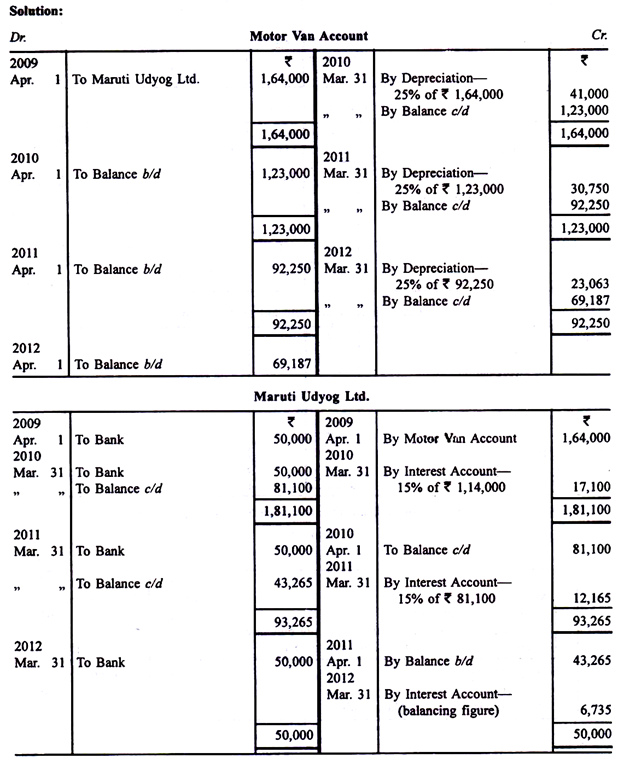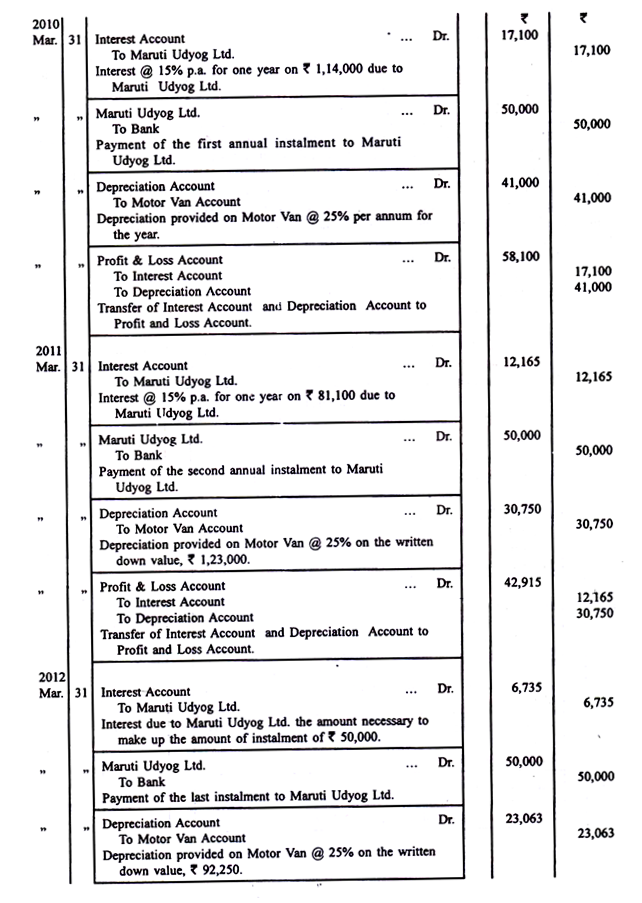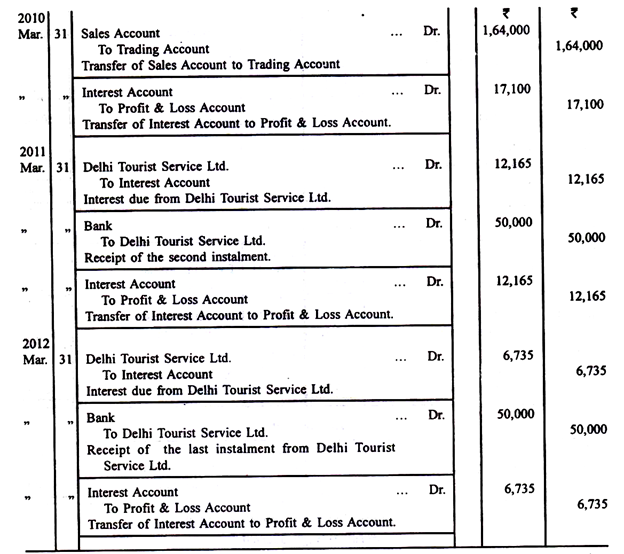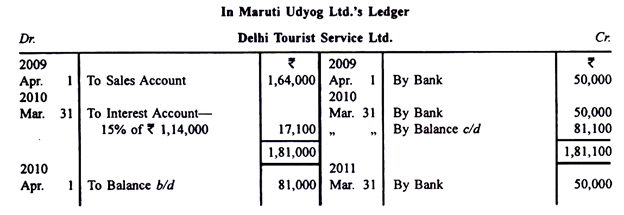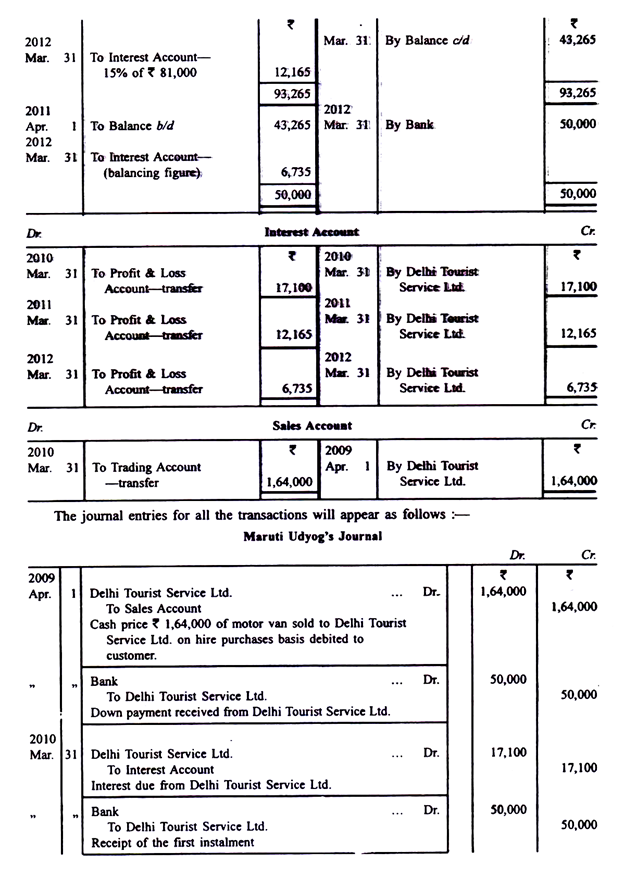Accounting is basically the systematic process of handling all the financial transactions and business records. In other words, Accounting is a bookkeeping process that records transactions, keeps financial records, performs auditing, etc. It is a platform that helps through many processes, for example, identifying, recording, measuring and provides other financial information.
Accounting is the language of finance. It conveys the financial position of the firm or business to anyone who wants to know. It helps to translate the workings of a firm into tangible reports that can be compared.
Accounting is all about the process that helps to record, summarize, analyze, and report data that concerns financial transactions.
Accounting is all about the term ALOE. Do not confuse it with the plant! ALOE is a term that has an important role to play in the accounting world and the understanding of the meaning of accounting. Here is what the acronym, “A-L-O-E” means.
- A – Assets
- L – Liabilities
- E- Owner’s Equity
This is one of the basic concepts of accounting. The equation for the same goes like this:
Assets = Liabilities + Owner’s Equity
Here is the meaning of every term that ALOE stands for.
(i) Assets: Assets are the items that belong to you and you are the owner of it. These items correspond to a “value” and can serve you cash in exchange for it. Examples of Assets are Car, House, etc.
(ii) Liabilities: Whatever you own is a liability. Even a loan that you take from a bank to buy any sort of asset is a liability.
(ii) Owner’s Equity: The total amount of cash someone (anyone) invests in an organization is Owner’s Equity. The investment done is not necessarily money always. It can be in the form of stocks too.
Scope of Accounting
Accounting has got a very wide scope and area of application. Its use is not confined to the business world alone, but spread over in all the spheres of the society and in all professions. Now-a-days, in any social institution or professional activity, whether that is profit earning or not, financial transactions must take place. So there arises the need for recording and summarizing these transactions when they occur and the necessity of finding out the net result of the same after the expiry of a certain fixed period. Besides, the is also the need for interpretation and communication of those information to the appropriate persons. Only accounting use can help overcome these problems.
In the modern world, accounting system is practiced no only in all the business institutions but also in many non-trading institutions like Schools, Colleges, Hospitals, Charitable Trust Clubs, Co-operative Society etc.and also Government and Local Self-Government in the form of Municipality, Panchayat.The professional persons like Medical practitioners, practicing Lawyers, Chartered Accountants etc.also adopt some suitable types of accounting methods. As a matter of fact, accounting methods are used by all who are involved in a series of financial transactions.
The scope of accounting as it was in earlier days has undergone lots of changes in recent times. As accounting is a dynamic subject, its scope and area of operation have been always increasing keeping pace with the changes in socio-economic changes. As a result of continuous research in this field the new areas of application of accounting principles and policies are emerged. National accounting, human resources accounting and social Accounting are examples of the new areas of application of accounting systems.
The following is a list of the ten main accounting principles and guidelines together with a highly condensed explanation of each.
- Economic Entity Assumption
The accountant keeps all of the business transactions of a sole proprietorship separate from the business owner’s personal transactions. For legal purposes, a sole proprietorship and its owner are considered to be one entity, but for accounting purposes they are considered to be two separate entities.
- Monetary Unit Assumption
Economic activity is measured in U.S. dollars, and only transactions that can be expressed in U.S. dollars are recorded.
Because of this basic accounting principle, it is assumed that the dollar’s purchasing power has not changed over time. As a result accountants ignore the effect of inflation on recorded amounts. For example, dollars from a 1960 transaction are combined (or shown) with dollars from a 2018 transaction.
- Time Period Assumption
This accounting principle assumes that it is possible to report the complex and ongoing activities of a business in relatively short, distinct time intervals such as the five months ended May 31, 2018, or the 5 weeks ended May 1, 2018. The shorter the time interval, the more likely the need for the accountant to estimate amounts relevant to that period. For example, the property tax bill is received on December 15 of each year. On the income statement for the year ended December 31, 2017, the amount is known; but for the income statement for the three months ended March 31, 2018, the amount was not known and an estimate had to be used.
It is imperative that the time interval (or period of time) be shown in the heading of each income statement, statement of stockholders’ equity, and statement of cash flows. Labeling one of these financial statements with “December 31” is not good enough–the reader needs to know if the statement covers the one week ended December 31, 2018 the month ended December 31, 2018 the three months ended December 31, 2018 or the year ended December 31, 2018.
- Cost Principle
From an accountant’s point of view, the term “cost” refers to the amount spent (cash or the cash equivalent) when an item was originally obtained, whether that purchase happened last year or thirty years ago. For this reason, the amounts shown on financial statements are referred to as historical cost amounts.
Because of this accounting principle asset amounts are not adjusted upward for inflation. In fact, as a general rule, asset amounts are not adjusted to reflect any type of increase in value. Hence, an asset amount does not reflect the amount of money a company would receive if it were to sell the asset at today’s market value. (An exception is certain investments in stocks and bonds that are actively traded on a stock exchange.) If you want to know the current value of a company’s long-term assets, you will not get this information from a company’s financial statements–you need to look elsewhere, perhaps to a third-party appraiser.
- Full Disclosure Principle
If certain information is important to an investor or lender using the financial statements, that information should be disclosed within the statement or in the notes to the statement. It is because of this basic accounting principle that numerous pages of “footnotes” are often attached to financial statements.
As an example, let’s say a company is named in a lawsuit that demands a significant amount of money. When the financial statements are prepared it is not clear whether the company will be able to defend itself or whether it might lose the lawsuit. As a result of these conditions and because of the full disclosure principle the lawsuit will be described in the notes to the financial statements.
A company usually lists its significant accounting policies as the first note to its financial statements.
- Going Concern Principle
This accounting principle assumes that a company will continue to exist long enough to carry out its objectives and commitments and will not liquidate in the foreseeable future. If the company’s financial situation is such that the accountant believes the company will not be able to continue on, the accountant is required to disclose this assessment.
The going concern principle allows the company to defer some of its prepaid expenses until future accounting periods.
- Matching Principle
This accounting principle requires companies to use the accrual basis of accounting. The matching principle requires that expenses be matched with revenues. For example, sales commissions expense should be reported in the period when the sales were made (and not reported in the period when the commissions were paid). Wages to employees are reported as an expense in the week when the employees worked and not in the week when the employees are paid. If a company agrees to give its employees 1% of its 2018 revenues as a bonus on January 15, 2019, the company should report the bonus as an expense in 2018 and the amount unpaid at December 31, 2018 as a liability. (The expense is occurring as the sales are occurring.)
Because we cannot measure the future economic benefit of things such as advertisements (and thereby we cannot match the ad expense with related future revenues), the accountant charges the ad amount to expense in the period that the ad is run.
- Revenue Recognition Principle
Under the accrual basis of accounting (as opposed to the cash basis of accounting), revenues are recognized as soon as a product has been sold or a service has been performed, regardless of when the money is actually received. Under this basic accounting principle, a company could earn and report $20,000 of revenue in its first month of operation but receive $0 in actual cash in that month.
For example, if ABC Consulting completes its service at an agreed price of $1,000, ABC should recognize $1,000 of revenue as soon as its work is done—it does not matter whether the client pays the $1,000 immediately or in 30 days. Do not confuse revenue with a cash receipt.
- Materiality
Because of this basic accounting principle or guideline, an accountant might be allowed to violate another accounting principle if an amount is insignificant. Professional judgement is needed to decide whether an amount is insignificant or immaterial.
An example of an obviously immaterial item is the purchase of a $150 printer by a highly profitable multi-million dollar company. Because the printer will be used for five years, the matching principle directs the accountant to expense the cost over the five-year period. The materiality guideline allows this company to violate the matching principle and to expense the entire cost of $150 in the year it is purchased. The justification is that no one would consider it misleading if $150 is expensed in the first year instead of $30 being expensed in each of the five years that it is used.
Because of materiality, financial statements usually show amounts rounded to the nearest dollar, to the nearest thousand, or to the nearest million dollars depending on the size of the company.
10. Conservatism
If a situation arises where there are two acceptable alternatives for reporting an item, conservatism directs the accountant to choose the alternative that will result in less net income and/or less asset amount. Conservatism helps the accountant to “break a tie.” It does not direct accountants to be conservative. Accountants are expected to be unbiased and objective.
The basic accounting principle of conservatism leads accountants to anticipate or disclose losses, but it does not allow a similar action for gains. For example, potential losses from lawsuits will be reported on the financial statements or in the notes, but potential gains will not be reported. Also, an accountant may write inventory down to an amount that is lower than the original cost, but will not write inventory up to an amount higher than the original cost.
Like this:
Like Loading...

